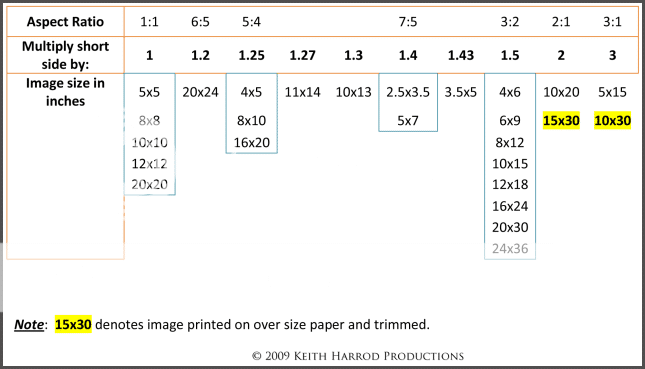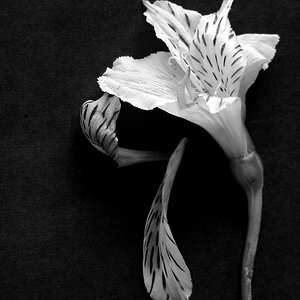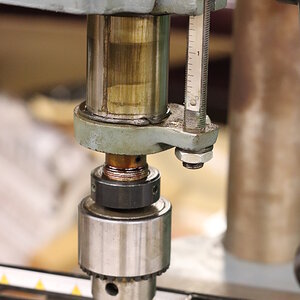Mikeyb90
No longer a newbie, moving up!
- Joined
- Feb 9, 2013
- Messages
- 126
- Reaction score
- 34
- Location
- Ohio, US
- Can others edit my Photos
- Photos OK to edit
What size and format do you save your photos as for printing? The last time I printed I saved as 8x10 @ 300 dpi and in JPEG format.. I've been reading that I should save in tiff because JPEG losses info. Any input or advice? How large should it be?






![[No title]](/data/xfmg/thumbnail/36/36394-700ff78d7b45c663863e641a9bcf1fe1.jpg?1619737548)


![[No title]](/data/xfmg/thumbnail/39/39187-9ec2507d9e5ef2843f7f00127c7abb4c.jpg?1619738905)

